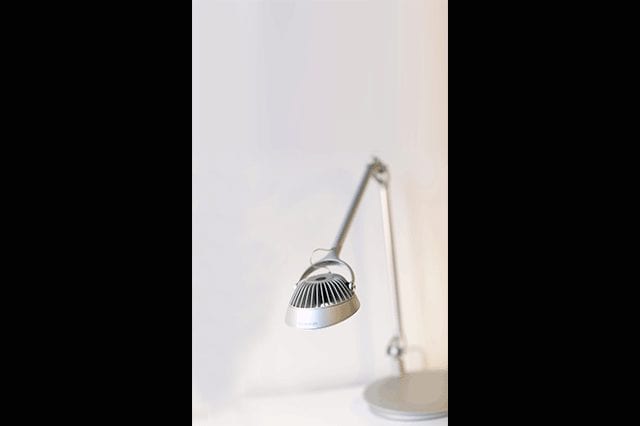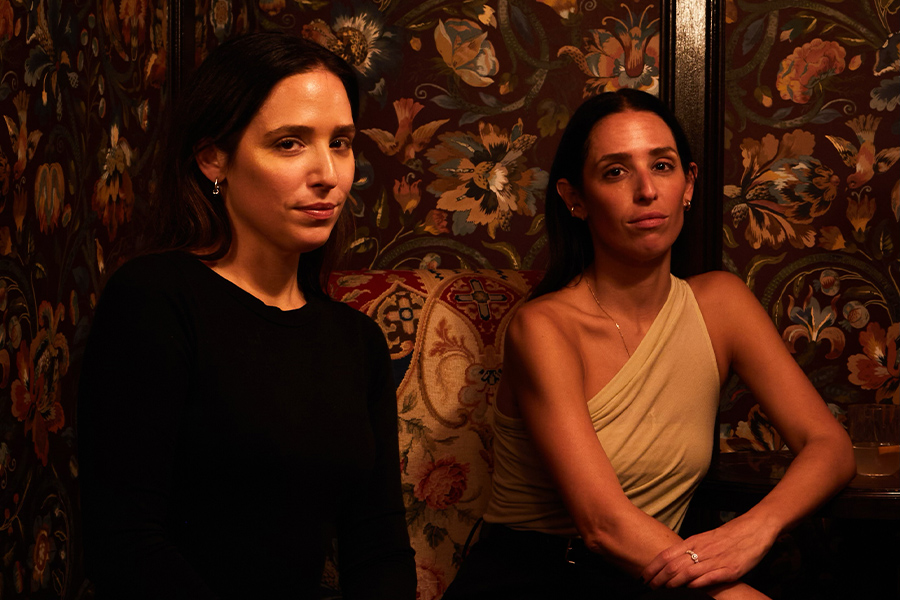As a kid, Fred Maxik found himself looking at NASA’s image of earth at night, where “light was pretty much the only thing you could see from space,” he explains. As he got older, Maxik realized that the “light we were seeing in space was completely wasted because it was light that we weren’t using.” And so he asked himself, “How do I make that science more efficient and then redirect it?” Some decades later, Maxik started his career in the consumer electronics industry, working for the likes of Sansui and Onkyo with products that used LEDs merely for backlighting. “I started looking [into] how we could take these solid-state devices and make lighting systems out of them,” he says. That led him to start West Warwick, Rhode Island-based Lighting Science Group in 2001, which currently designs lightbulbs with human wellness as its top priority and, coincidentally, does a lot of work with NASA on biologically corrected lighting to help astronauts sleep better. It all came from Maxik’s self-imposed “commitment to sustainability,” he says.
A hallmark is his HealthE Genesis Dynaspectrum LED luminaire, a sleek, minimalistic table lamp that changes its emittance according to the time of day, with the patented GoodDay spectrum heightening alertness and focus through daylight hours, and the GoodNight spectrum promoting better sleep, both achieved by appropriately regulating the body’s natural circadian rhythm. Additionally, sensors check air quality to improve breathing, allergies, and, ultimately, mood and sleep. It’s so effective that NASA is putting a customized version on its International Space Station (astronauts there experience 16 sunrises and sunsets every 24 hours) and other space shuttles, which was an entirely different challenge. Not every material can survive in space, and those that do need to be able to withstand certain levels of radiation, he explains.

Humanscale collaborated with the Lighting Science Group to create a prototype of their existing task light the Element Vision with biorhythmic lighting as an opportunity to showcase the technology.
Yet, it showed “what was possible to the industry,” Maxik says. Now he’s developing the L Bar, a thin, 4-foot-long LED troffer that weighs less than a pound and uses 95 percent less material than fixtures it would replace, leaving a minute footprint in the process.
His products have struck a chord with consumers: He’s selling upward of one million lamps a month—for homes, hospitals, and even hospitality. “Part of what [hotels] are selling is sleep and relaxation,” he points out. “You’re spending so much on a bed, for pillows, for shades all to help people sleep well at night, and then [you’re] putting a lightbulb in the fixture next to the bed that’s actually detrimental to their sleep.”
His work did somewhat fulfill a childhood dream—a visit inside the space shuttle that was on the pad ready to launch. His reaction: “This is incredible. What am I doing here? How did I get here?”


